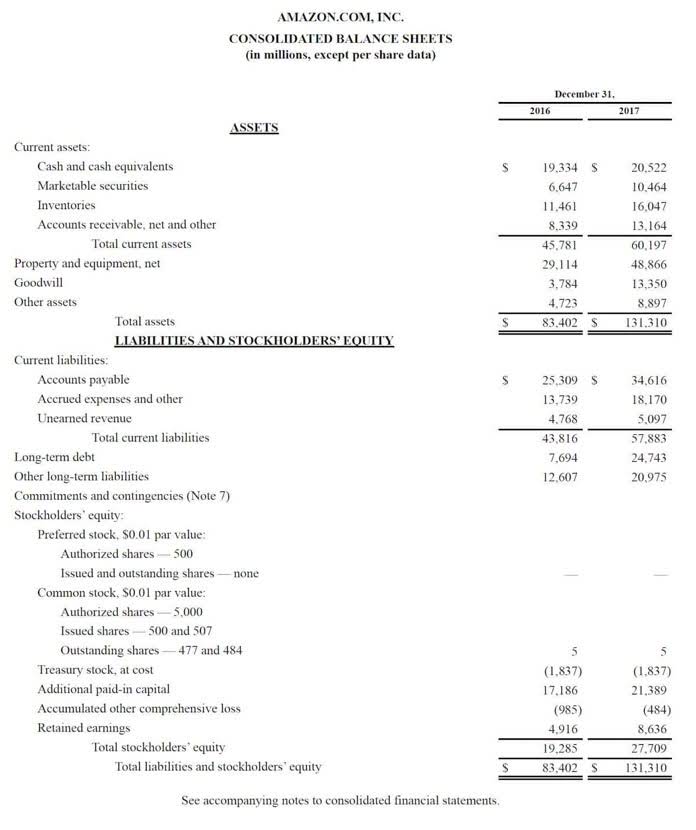Payment reconciliation: How it works, types, and 7 best practices

Reconciling payment data can be a tedious and time-consuming process when completed by hand. retained earnings balance sheet Luckily, there are automated solutions like BILL Spend & Expense that help streamline payment reconciliations and give your team more time to focus on strategic work. Payment reconciliation can help companies identify errors or fraudulent activity.

Tax reporting
Automated payment reconciliation technology can process a large number of transactions simultaneously and handle repetitive tasks, improving businesses’ efficiency and productivity. As a business develops, the volume of transactions increases, making reconciliation more complex. If errors are found, you need to make adjustments to the financial records to correct them. There may be a need for reconciling bank balances or making other necessary adjustments. But reconciliation cannot provide 100% accuracy because the payment system cannot halt its operations.
Identify payment mismatches
If a third party has compromised your company account, reconciliation will flag the fraudulent activity and bullet-proof your earnings. Keep a detailed log of the reconciliation process, including the steps taken, findings, actions, and outcomes. This log serves as an audit trail, providing transparency and accountability for your reconciliation efforts. Careful payment reconciliation will also reduce the likelihood of being audited by tax authorities. In the event that an audit is triggered, accurate payment reconciliation and record-keeping will help resolve any issues and lower the risk of incurring penalties.
Maintain clear and accurate records

In certain situations, bookkeepers must work backwards, creating an internal record for a banking transaction that hasn’t been accounted for in advance. Furthermore, businesses should regularly review and update their reconciliation workflows to identify areas for improvement and optimize efficiency. Providing comprehensive training and support to staff involved in the reconciliation process is also essential to ensure they have the necessary skills and knowledge to perform their duties effectively. Finally, collaborating closely with banks and payment processors can help resolve data inconsistencies and streamline information exchange, leading to a more seamless and accurate reconciliation process. To address the challenges, businesses must take a proactive and strategic approach.
- Book a 30-minute call to see how our intelligent software can give you more insights and control over your data and reporting.
- Additionally, the automation solution provided real-time insights and comprehensive reports, enhancing the company’s ability to make data-driven decisions.
- Whatever the case, following these guidelines helps ensure your records are accurate, your finances stay healthy, and you avoid unpleasant – and completely avoidable – surprises.
- When she’s not writing, Barbara likes to research public companies and play Pickleball, Texas Hold ‘em poker, bridge, and Mah Jongg.
How to do Intercompany Reconciliation: Step-by-Step Process
- Payment reconciliation is an accounting process that verifies bank account balances by comparing bank statements to your accounting records.
- We’ve covered the ins and outs of payment reconciliation, the different stages involved, and valuable best practices to streamline the process.
- Payment reconciliation automates the payment matching process so invoices are correctly matched to their corresponding payments.
- Once you’ve identified discrepancies, you want to document those along with the source of the discrepancy.
- The impact of payment reconciliation on a business’s current and future health cannot be overstated.
- They need to understand the steps involved, how to spot and resolve discrepancies effectively, and their specific responsibilities within the process.
- You can understand the exact payout amounts settled to you from Checkout.com, reconcile between specific payout amounts with financial actions, and even reconcile specific fee categories.
Creating this type of document allows you to look for patterns and find ways to fix the problems that led to the discrepancies. For every discrepancy found, you should have a source of the discrepancy, or you need to do further investigation. Ultimately, you will want to account for every discrepancy so you can resolve it. Anyone who’s ever dealt with messy, disorganized reports knows the pure frustration it can cause. On the other hand, having everyone in your team involved in every step without any internal controls can also be a mess, leading to repeated work what is payment reconciliation and an inefficient process. Giving all of this work to one person is a bad idea – it’s overwhelming and more prone to mistakes.
Payment reconciliation is the accounting process that verifies transaction records and payables data for accuracy and completeness. Use the best practices and tips below to improve your payment reconciliation process. Payment reconciliation can help detect discrepancies or errors within the AP process, including duplicate payments, unauthorized payments, unusual payment patterns, or missing documentation. This insight not only reduces Accounting for Churches errors within the payment process but can also help AP teams detect payment fraud that may otherwise have gone unnoticed. Accounts receivable reconciliation is the process of matching customer payments and receipts with outstanding invoices to ensure that the organization has made and collected the correct payment.
- Establish a standardized process for reconciling payment data and clearly document the steps to ensure consistency and accuracy.
- Besides superior connectivity, Akurateco provides valuable insights into your customers, such as payment habits, demographics, and transaction history.
- For instance, this can include unrecorded deposits or payments, bank charges, or errors in recording the transactions.
- If your business needs help integrating payment systems with your accounting or other software, contact ECS Payments to learn more about our innovative digital payment solutions.
- It automatically matches each sale recorded in your e-commerce platform with the corresponding payment in your payment processor’s report.
Pabau also includes healthcare-specific features like insurance remittance that allow you to add bulk insurance payments and then match them against invoices, ensuring no payment gets missed during reconciliation. Payment reconciliation involves a lot of work, especially the more cash flow a business gets. Now that we understand the basic process of payment reconciliation, let’s explore the different types you might encounter. In the following blog, we’ll give a detailed overview of payment reconciliation and some of the key ways to make it simple — so stick around to see how you can set up a no-fuss and optimized reconciliation process.

For example, a payment may have a failed status in your system, while the payment status in the acquiring bank is marked as successful which may result in chargebacks and reclamations. This might involve examining transaction details, contacting customers or financial institutions, and reviewing transaction logs. In our example, the e-commerce business may discover that the discrepancies are due to currency conversion rates or transaction fees imposed by payment gateways. When discrepancies are detected, it’s essential to investigate the underlying causes.
